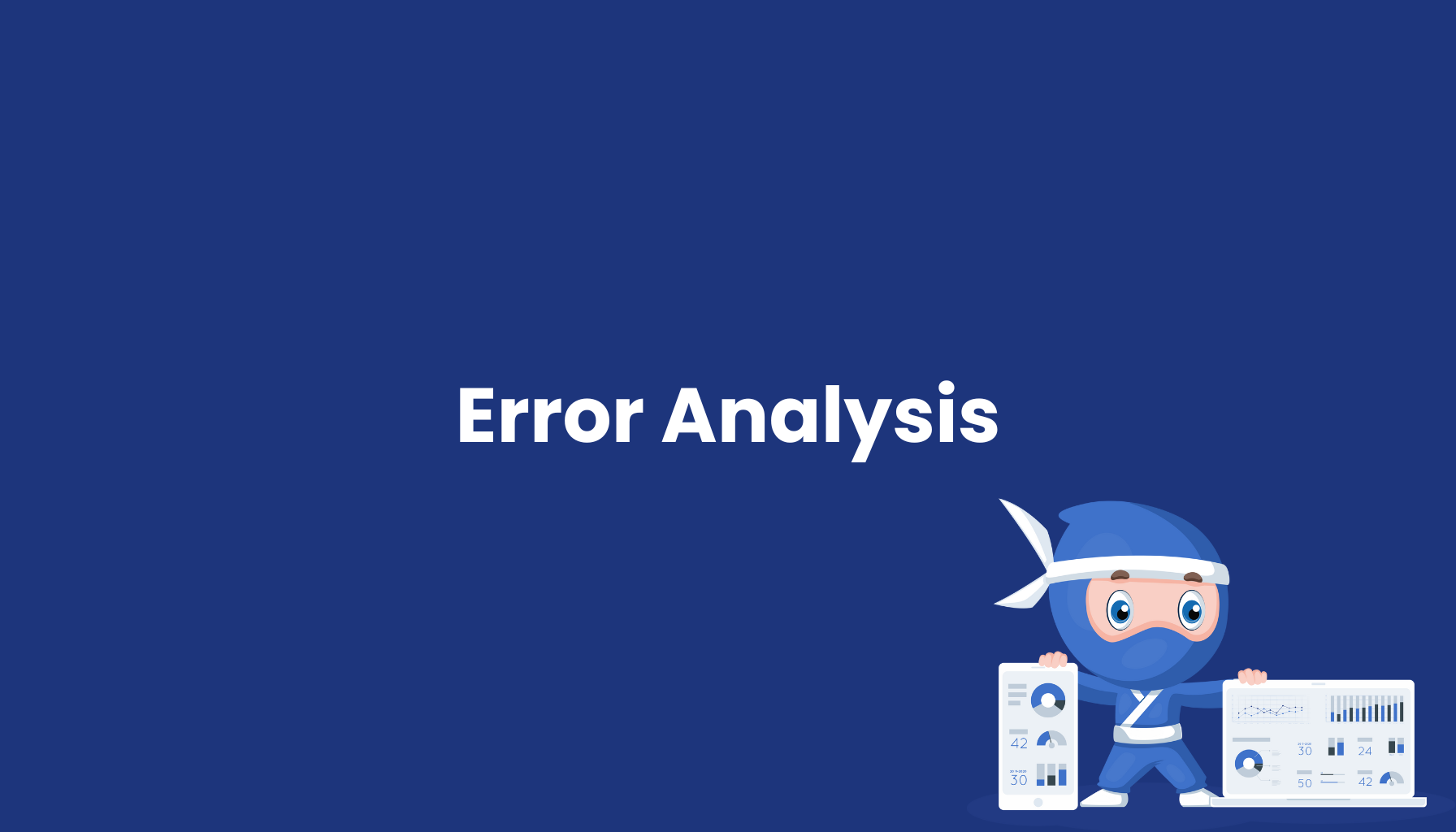Error Analysis

Introduction
Error Analysis is the systematic process of identifying, understanding, and eliminating the root causes of production errors. In modern manufacturing, it plays a vital role in improving quality, efficiency, and process stability.
Unlike traditional quality control, which focuses on detecting defects, Error Analysis—powered by MES and BDE data—enables real-time detection, evaluation, and prevention of failures. It turns reactive problem-solving into a continuous improvement process based on data.
Purpose and Importance
The aim of Error Analysis is to eliminate causes, not symptoms. In manufacturing, this applies to both technical and human errors that impact production stability and quality.
A structured approach helps to:
- reduce scrap and rework
- stabilize production performance
- lower maintenance and failure costs
- increase OEE (Overall Equipment Effectiveness) and throughput
Process Steps
1. Data Collection
MES and BDE systems capture all relevant process and machine data—downtime, performance deviations, temperature, or pressure changes. This data is the foundation for any root cause investigation.
2. Classification of Errors
Errors are grouped by frequency, impact, and category (machine, operator, material, environment). Pareto charts and ABC analyses help identify the most critical factors.
3. Root Cause Analysis
Techniques such as Fishbone (Ishikawa) diagrams or the 5 Whys method help uncover correlations between variables.
4. Evaluation and Corrective Measures
Causes are assessed by risk level, and countermeasures are defined—ranging from equipment maintenance to process redesign or operator training.
5. Monitoring
Through MES dashboards and OEE metrics, companies can measure whether corrective actions actually improve performance.
Methods and Tools
-
FMEA (Failure Mode and Effects Analysis)
-
SPC (Statistical Process Control)
-
RCA (Root Cause Analysis)
-
Digital Twin Simulation for predictive adjustments
The Role of MES, BDE, and OEE
Modern MES platforms act as the data hub for preventive error analysis.
-
BDE systems provide real-time machine data and operator inputs.
-
OEE monitoring quantifies how much each failure impacts availability, performance, or quality.
-
Combined with AI-driven analytics, manufacturers can shift from reaction to prediction—detecting errors before they occur.
Example
A metal parts manufacturer used MES data to analyze recurring downtime. It discovered that one supplier’s material caused inconsistent machine temperature. After adjusting procurement and process parameters, downtime dropped by 28 %.
Conclusion
Error Analysis is a cornerstone of digital quality management. When combined with MES, BDE, and OEE, it becomes a continuous learning system that drives efficiency, quality, and profitability. By embracing data-driven error analysis, manufacturers move closer to the goal of a self-optimizing Smart Factory.


